Hello dear friends. I greet you from the historic village of Whittingham. We have come to this village thanks to our friends. If it weren't for them we would never have had the opportunity to visit this village. This magnificent village is filled with historic houses and stone structures. The unique homes of the village amazed us when we first arrived.
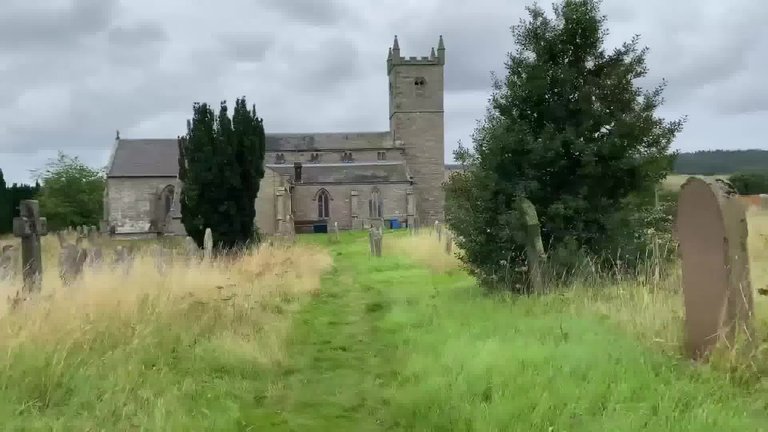
The houses have magical gardens. I especially love the harmony of the colorful plants on top of the stone walls. I also find the beauty of the roses hanging between the brick walls charming. The contrast created by the colorful plants and flowers against the dark stones is very impressive.
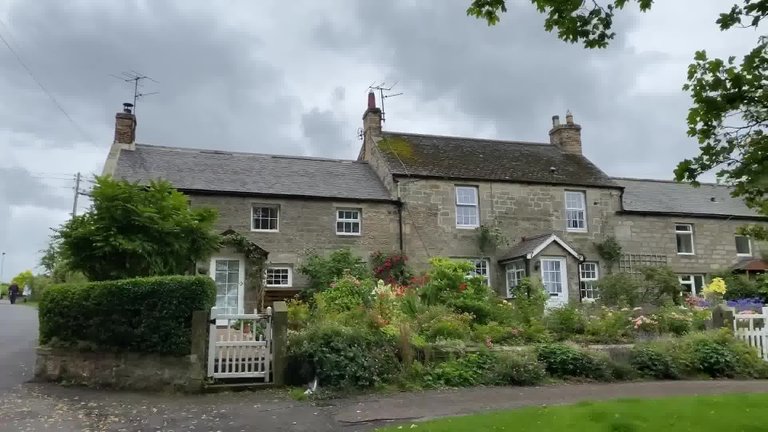
This village is a historic and ancient one. Its name even dates back to the Vikings along with its Anglo-Saxon origins. This indicates that it has been an ancient settlement. It's possible that Anglo-Saxon tribes might have lived here.
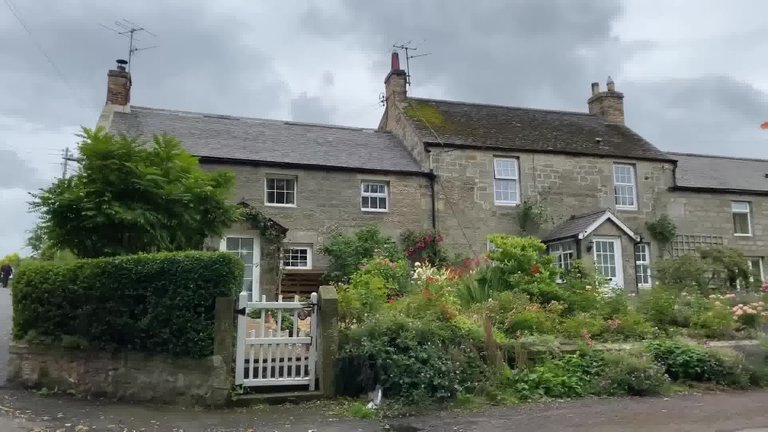
In fact this place is quite small. It might have had a livelier past. Currently around 500 people live here. There is no pub, no market, no restaurant, nor a café in the village. Only houses, forests and surrounding fields exist.

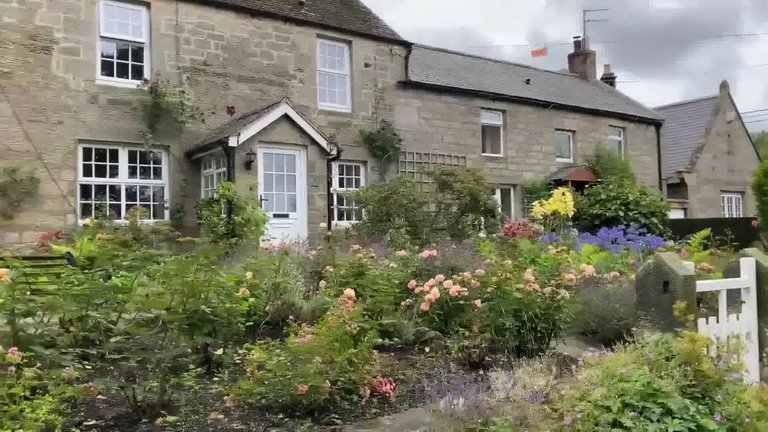

The weather is quite cold indicating that we are in the north. It has a cooler climate than London. Rainy weather usually prevails. We recently fell ill and experienced pneumonia. We feel as if we've caught a local virus here. The constant rain also makes it difficult to roam around. Nevertheless we need to find an area for a picnic as usual. There are no designated areas specifically for picnics here. Perhaps we can find a bench near the church.

In memory of John Stephenson, a farmer lies here. He passed away at the age of 78 on January 15, 1850. This is the historic cemetery of the area.

These large trees are yew trees. Their evergreen nature is a beautiful characteristic. In English cemeteries we often see yew trees, it's a kind of tradition. I've heard a couple of theories about this. The simplest and somewhat mundane theory is that these trees were planted in the cemetery to keep animals away. For example to keep cattle away,because yew tree leaves can be poisonous. There's another theory. Once upon a time the Celts lived in Great Britain. The yew tree was sacred to them especially to the Druids. Druids used to plant yew trees around their temples. Later churches were built on the sites of these temples and the tradition continued. Yew trees can actually live for a long time, even thousands of years.



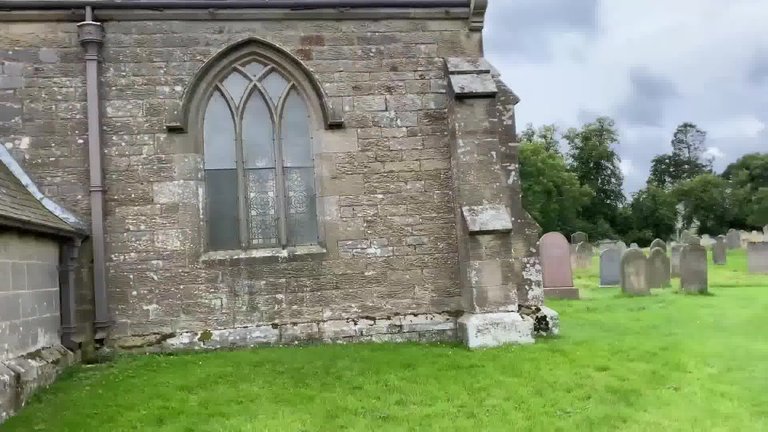
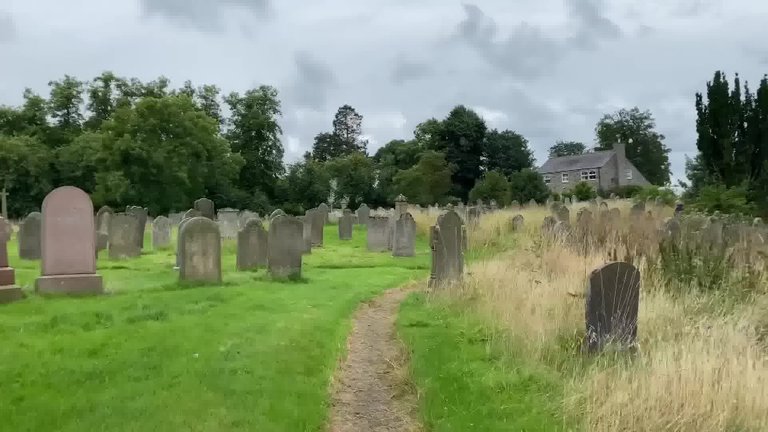
Here there's a fence that encircles the area. There are interesting plaques on it. I can't fully tell the story but from what I understand from the inscriptions, it's dedicated to someone named Irene Baxter. She was evacuated during World War II. It's a gesture of gratitude much like the ones for Mister and Mrs Mather. From these plaques you can grasp the traces of England's World War II era. London was heavily bombed during that time, almost every night for over a month. As a result many children, especially from northern England were evacuated. Not their families just the children were evacuated. The local people the villagers, who received and took care of them, helped them. Many villages in this area were among the places where evacuated children were placed.

There used to be an area that resembled some sort of accommodation, then people spread out into houses, both together and separately. Yes, to the local families. Including the people living in this village, plaques like these sometimes expressing the gratitude of evacuated children, can be found hanging in the cemetery. To the village people, for example, to the deceased.
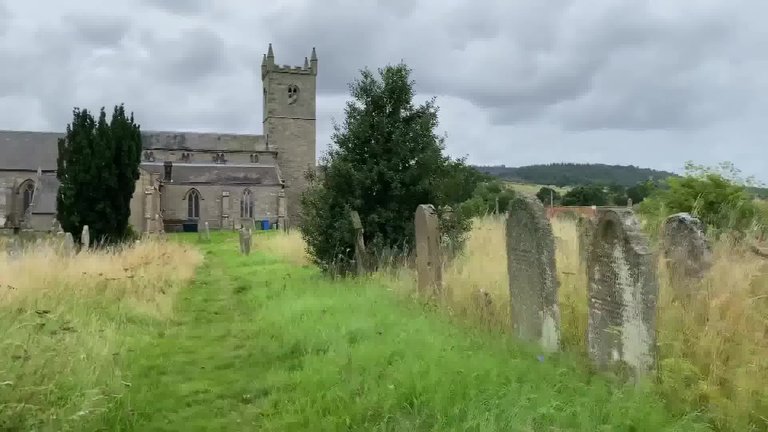
We visited the village church. There was a section at the entrance to clean our shoes, but our shoes were already clean. This church was built in the 12th century though not all parts are from the 12th century. As soon as you step inside, you can immediately see the date 1687. A significant portion was built or restored in the 17th century, as we can see, the stained glass windows were preserved.
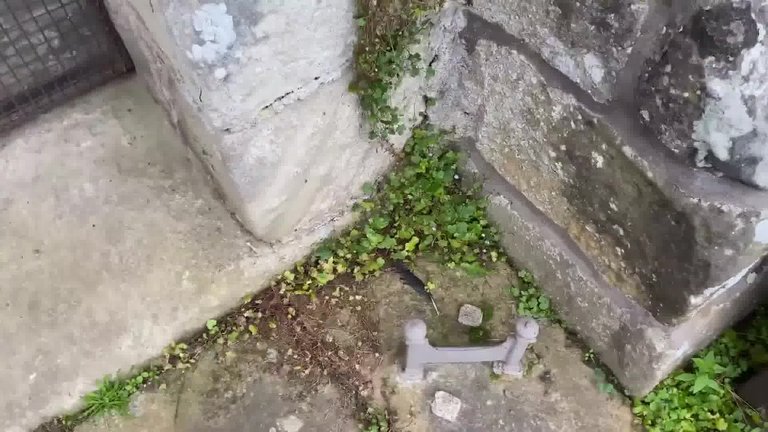
This church is an active Anglican church. Some services are held, but generally there are very few believers. Churches serve as a kind of community center for the local people. There are things like a tea set and a microwave here. It seems like a place where villagers gather and discuss village matters.
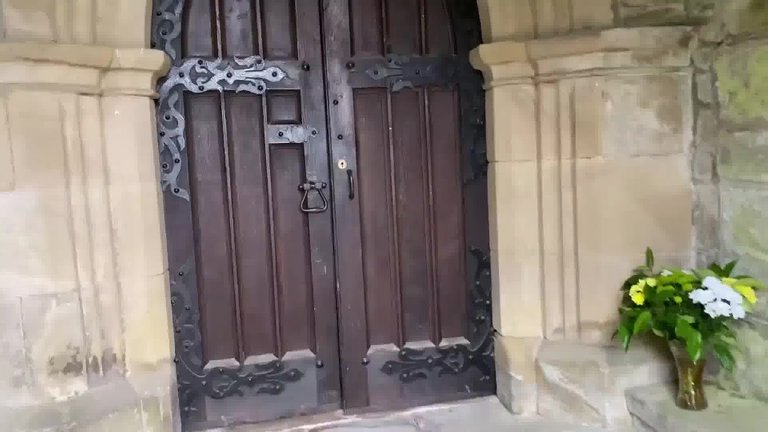





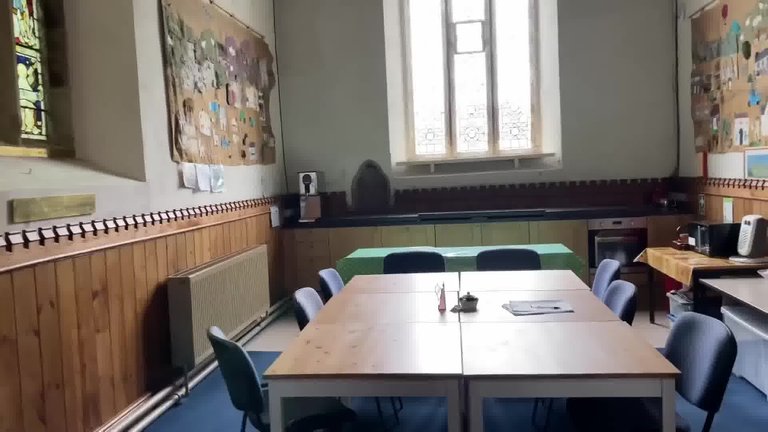
There's a section where coffins are placed, with a very old and traditional catafalque. And there's an area where paintings are displayed. I'm not exactly sure what they are maybe the works of local artists or paintings of people who live here. There's an organ at the back. In general these kinds of village churches are often open throughout the day, only closing at night. So even if there's no worship, if you're religious you can come here, pray or just wander around like a tourist.


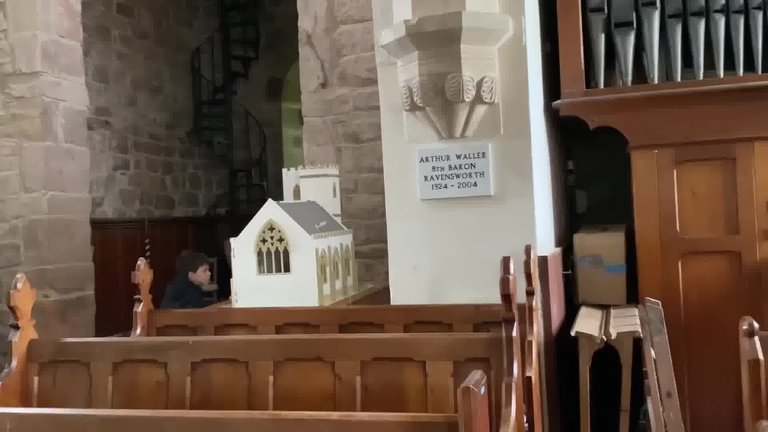
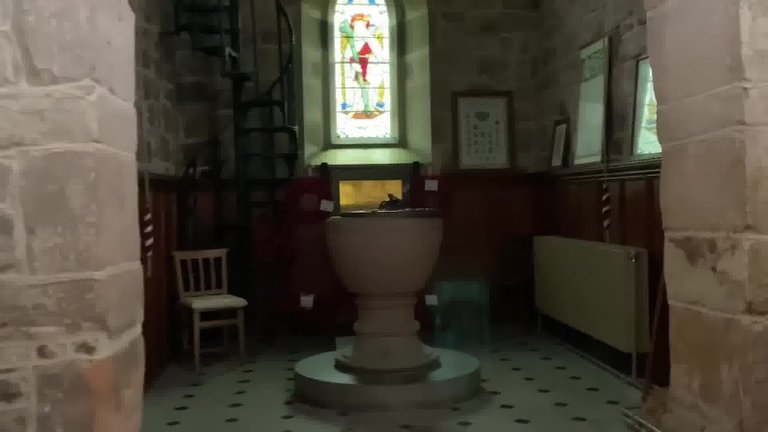

I think there's a baptismal font here, and upwards, a staircase leading to the bell tower. Let me mention something interesting about the graveyard. Why do we keep going to graveyards? It's not for a specific reason, not because we have a particular interest in graveyards and not because there's something mysterious about them. I just believe graveyards reflect real history.

You can see how much there is to learn and understand about the area. For example you can examine the tombstones here. Even though I can't, you can derive a lot of information from these stones. So, especially regarding graveyards I think it's a truly significant field of research to learn how people lived and who lived here.

Depending on what happened here a hundred years ago, a hundred and fifty years ago and beyond, I could tell you what you might find in the tombstones. So, we could even start from the Anglo-Saxons. Yes, they were here before the Normans came. This church is a historical heritage. That's why there might not be much left of the Anglo-Saxon tombstones here...
An old church. Such an ancient exit, also for the sheep. But for people, it seems like a place to ascend. Sheep don't roam here now because there's a road. I guess when this was built, this design might have been made to allow sheep to roam on rural roads. But at least I can't think of another explanation. Why such an entrance was made, these gates probably open on Sundays when services are held.
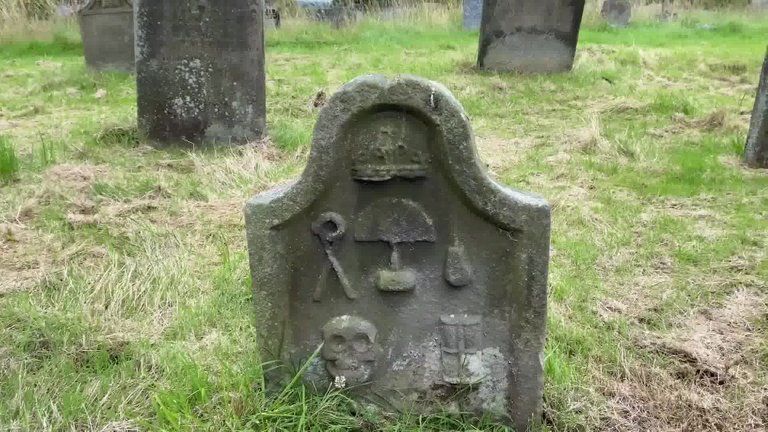
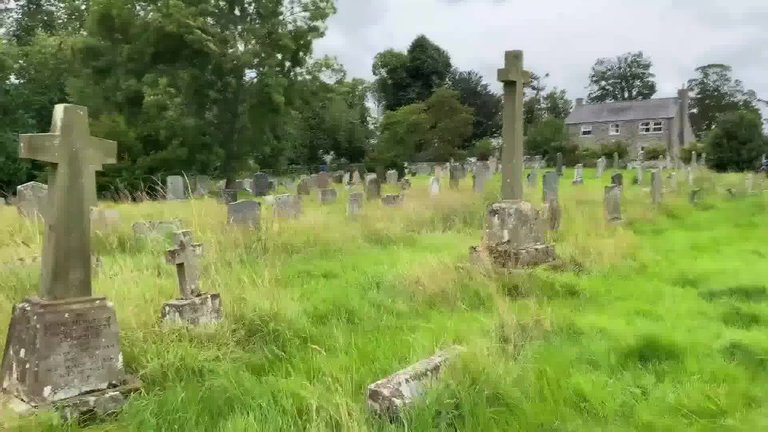


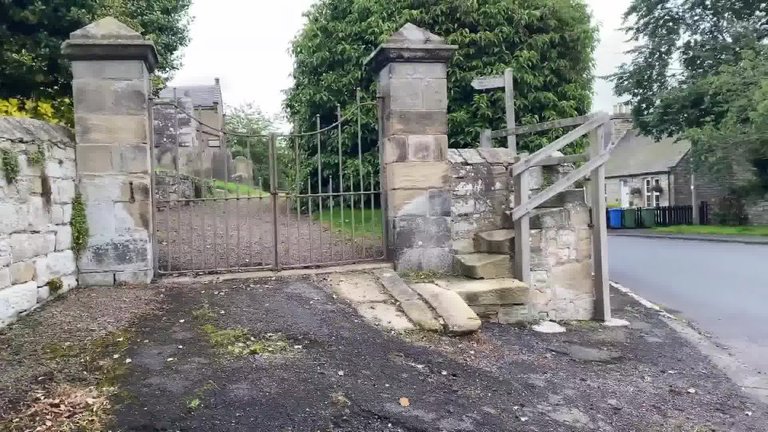
You can really sense that this village used to be the center of wealth. For instance, there's a fountain here. Made of granite, I think it was placed here in 1874, near the church, in memory of an Elizabeth. For use in drinking water, otherwise why would it be needed?
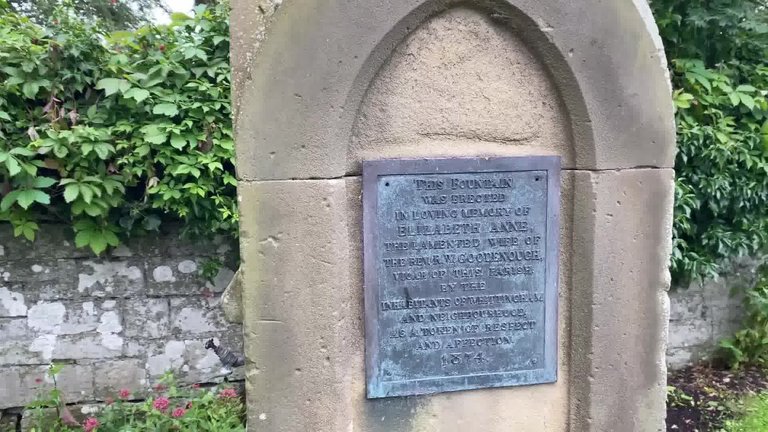
And I suppose it's still functional. I don't see things like these in use very often. There's no one here, it's a peaceful place, only the local people. Right now we each have our own water source at home.
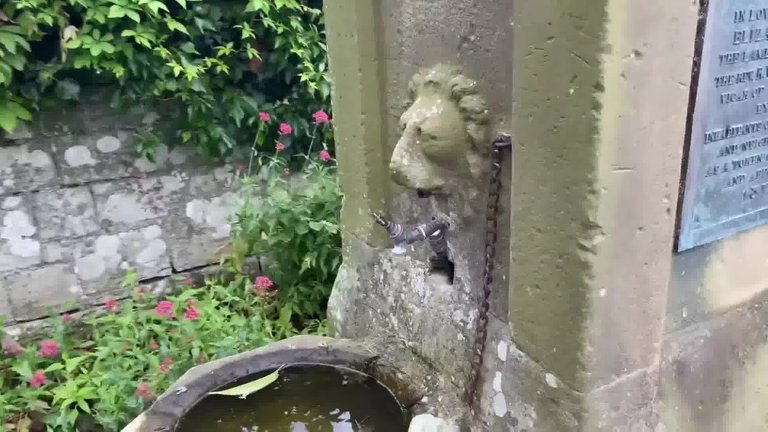
In the 17th century drinking from street fountains wasn't very common anyway. But it's interesting that it's still functional. And frankly you can feel how vibrant life used to be in this village and how wealth flowed.
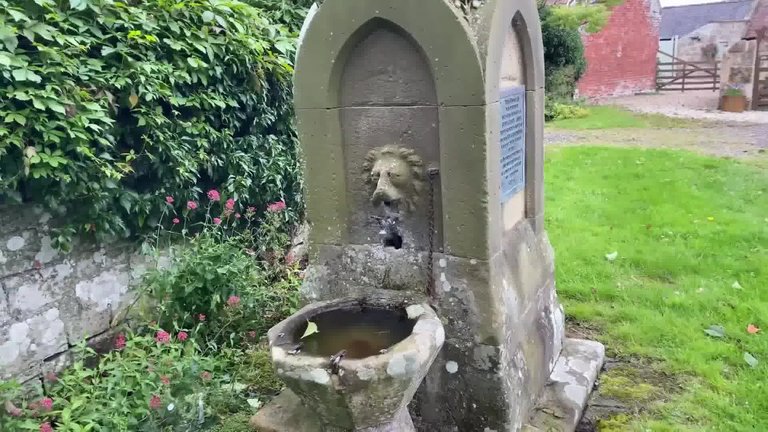
You can sometimes see inscriptions on houses indicating when they were built. A beautiful house made in 1891...
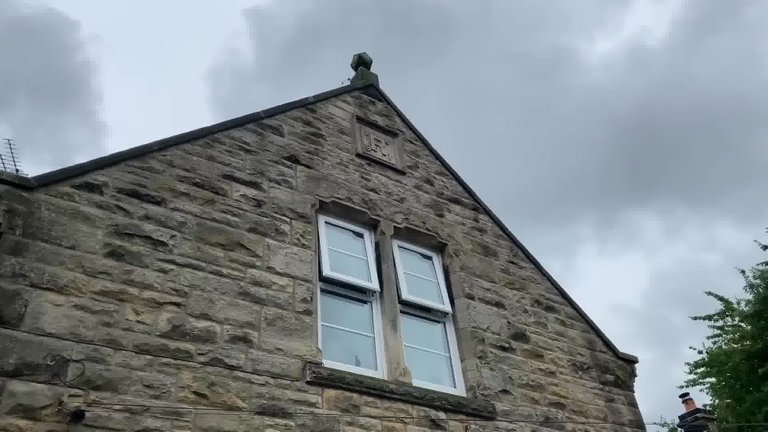
Have you ever heard the expression "my home is my castle"? Well here you go a home-castle. Actually, it truly is, a tower belonging to private property. This tower is genuinely historical, dating back to the Middle Ages. It was built in the 12th century. Because this isn't a peaceful area, it's close to the Scottish borders. This tower was a refuge.
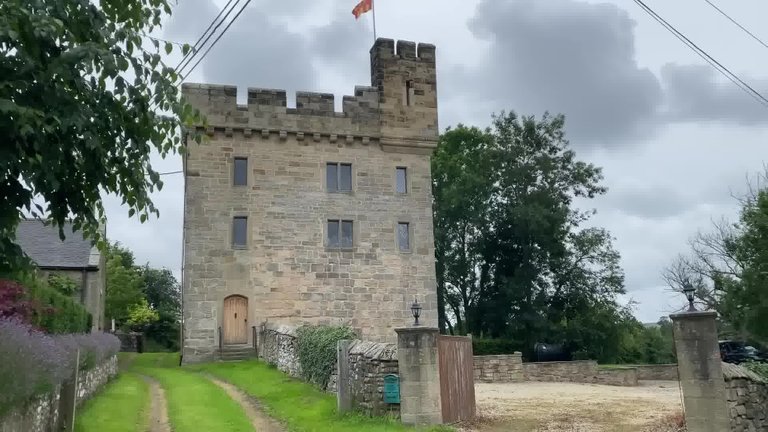
It fell over time. It fell in the 14th century, not by the Scots. There was a local knight's rebellion here and it fell during that rebellion. But then, it was rebuilt in the 18th century and turned into private property.

No one lives there currently. It serves like a hotel. So if you're traveling, looking for a place to stay, in a historic village like this. For instance, you could stay in this tower. I think it accommodates up to 7 people, so it's suitable for a large family or group. It's available for rent. I hope you found exploring the house and courtyard interesting. Btw what a beautiful door this house has. Yes, I really love historical doors.

In general, houses, courtyards, windows, doors they're all historical artifacts. We're leaving the village, wishing everyone a good day and a pleasant mood.
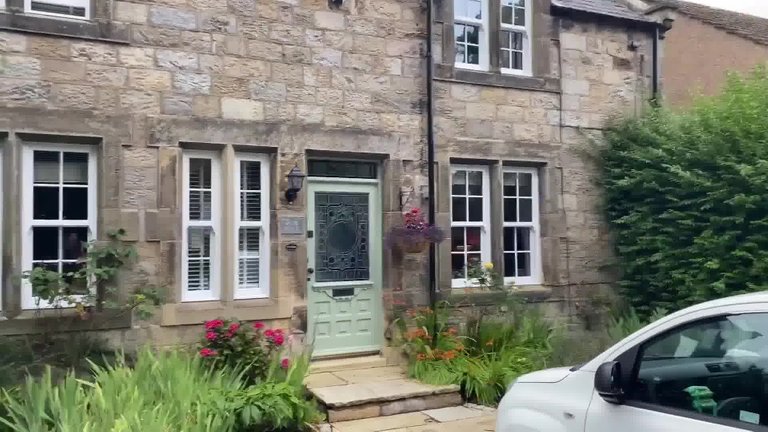
Congratulations @lett! Your post made the TravelFeed team happy so we have sent you our big smile. Keep up the good job. 😃
Thanks for using TravelFeed!
@for91days (TravelFeed team)
PS: Did you know that we recently launched the truvvl app? With truvvl, you can create travel stories on the go from your phone and swipe through nearby stories from other TravelFeed users. It is available on the Apple App Store and Google Play.
Congratulations, your post has been added to Pinmapple! 🎉🥳🍍
Did you know you have your own profile map?
And every post has their own map too!
Want to have your post on the map too?
Congratulations @lett! You have completed the following achievement on the Hive blockchain And have been rewarded with New badge(s)
Your next target is to reach 8000 upvotes.
You can view your badges on your board and compare yourself to others in the Ranking
If you no longer want to receive notifications, reply to this comment with the word
STOPCheck out our last posts: